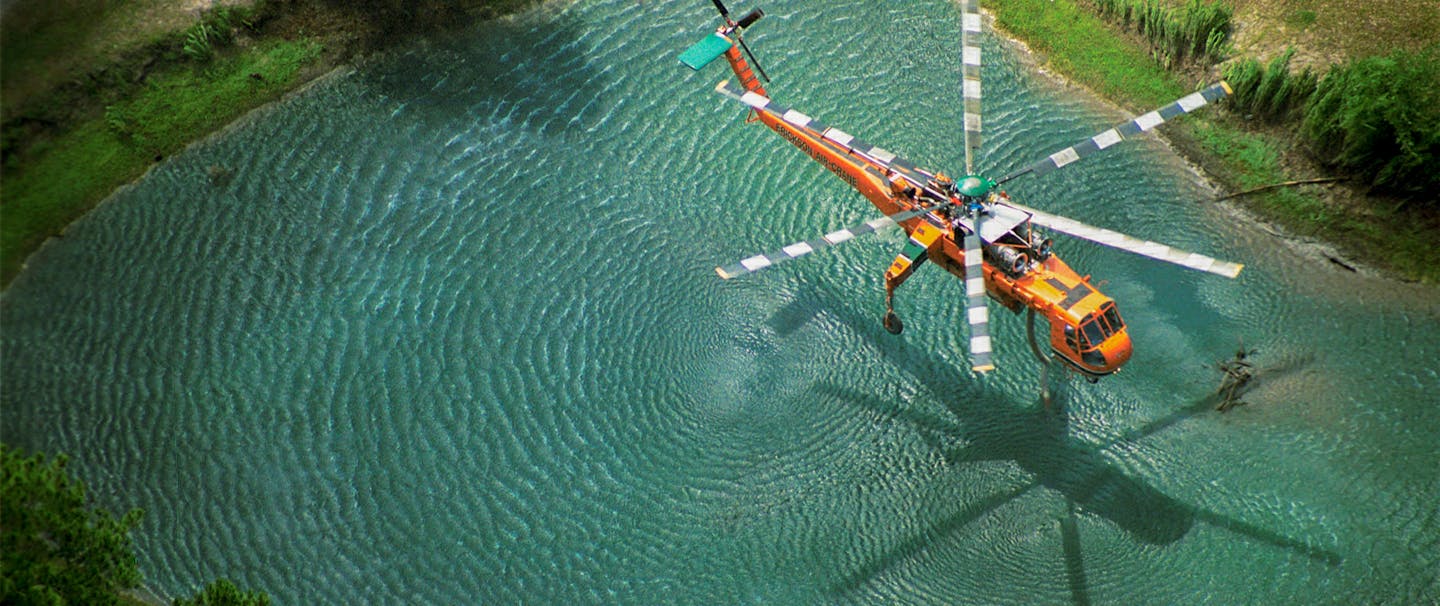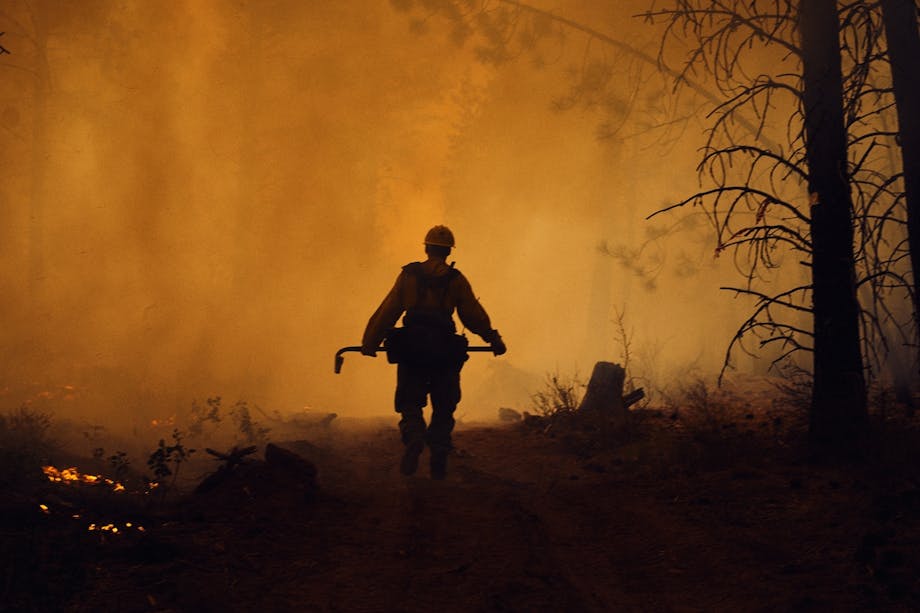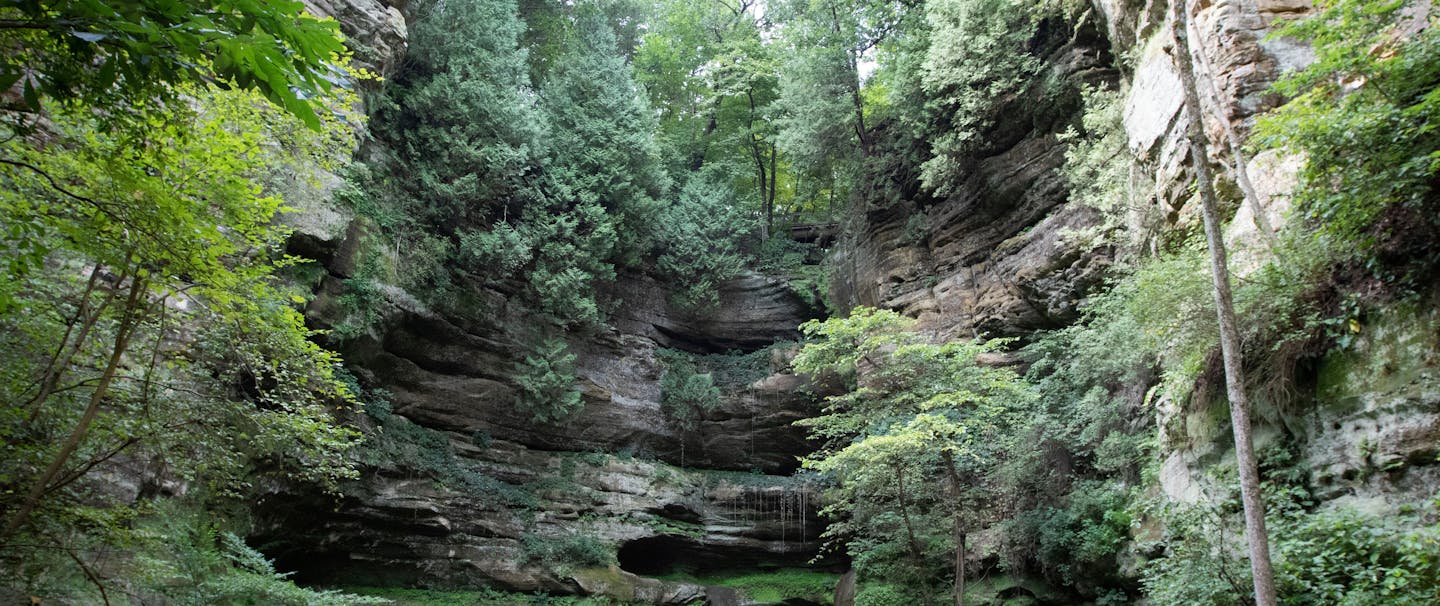HOW THE USFS USES TRANSPORTATION TECHNOLOGY TO PROTECT AND MAINTAIN FORESTLANDS
From horseback to car, dirt to paved roads and ground to air vehicles, transportation technology is constantly advancing to efficiently move people, materials and information. This is no different than the advancements the United States Forest Service has shown in their use of transportation technology. The overriding goal of forestland transportation is to plan, design, operate and maintain a safe and economical system that provides efficient access for people and materials used to protect National Forest lands. It is not without challenges that the USFS achieves these goals. The advancement of forestland transportation is a difficult and fragile task. It is a task that requires a special bond with our forestlands and wildlife, a task that must safely, and economically protect our natural lands and our rights as citizens. It is with these clear goals in mind that the USFS overcomes the difficult task of advancing transportation technology while preserving the natural beauty of our forestlands.
In the early days, the Forest Service faced many hurdles establishing itself as an agency in the West. During this struggle, fighting forest fires proved a rallying point for the agency. Fighting massive fires was a difficult task and the use of animal labor was key in early forest fire fighting progress. First, the USFS fought forest fires using animals such as horses and pigeons. Horses provided transportation of man and materials while pigeons afforded timely communication. During actual fires, animal labor provided invaluable time to quickly control and contain a fire. The support animals provided was so important that the Forest Service sought men with horses and related skills; owning a horse was a prerequisite for the job. As the Forest Service learned more about forest fire-fighting techniques, they recognized the importance of post-fire checks in which they were able to utilize horses to quickly ride around the extinguished fire and check for brush fires and snags. While the forest ranger on horseback patrolling our forestlands is an obvious portrayal of animal transportation in the forest service, there are other important animals used in transportation and fire prevention. One in particular is the Special Ops Mule. The “Nine-mile Pack Train” of specialized mules is still used in high demand. They are built for packing, are tough as anything and are “next to bombproof”. With special rigging, each mule can carry 180 – 240 pounds, packing up to 500k pounds each year.

Animals have proved invaluable to the USFS not only as tools for transportation but also as a means of public engagement. Smokey Bear is an iconic figure used by the USFS to generate a public fire prevention campaign. Smokey connected well with the public, particularly children, and helped educate citizens on how their actions cause forest-fires. Each year, more than 73,000 wildfires burn about 7 million acres of federal and private land, and animals have been an important recourse in preventing that.
The Forest Services’ use of animals in both active firefighting and in public engagement successfully reduced the damage of forest fires.
It is not without setbacks that the USFS is able to continue their transportation goals. There are many legal, economic, and ethical issues in the creation of transportation avenues. For Congress to designate an area as wilderness it requires the area to be roadless. Wilderness is supposed to be a place without permanent improvements to protect its wilderness character and to have opportunities for solitude or primitive recreation such as backpacking. When roads are built within forests, it prevents the USFS from designating those areas as wilderness; therefore there has been much effort to designate certain parts of national forests as roadless areas, in the hope that Congress might designate these areas as wilderness.
From a preservation perspective there are few issues more important than access. Access usually means roads, and roads have tremendous implications for preservation. However, the existence of a road usually disallows the area for assignment of the highest level of federal protection. Roads can create barriers to the movement of species, change stream flow patterns and significantly degrade stream ecosystems. However, if transportation avenues cause harm to the environment they will also bring benefits. Most of us benefit from our country’s vast transportation infrastructure. They open up access to recreation opportunities that would otherwise be unavailable to all but a few and for some communities, transportation is seen not only as an economic lifeline but a necessary safety net from encroaching wild fires and other natural disasters.
With the lack of roads throughout the U.S. forestlands, the USFS must turn to another form of transportation: air travel. There has been a surprising amount of aerial innovations that are beyond the standard plane and helicopters used to transport people and materials to fight fires. Boeing has filed a patent for a device that can deliver fire retardant, bottled in what is essentially a high-tech mortar round. It’s designed to be launched from a grounded cannon that can deploy the shell with 15-foot accuracy over 15 miles. The trigger-operated cannon would be used to establish fire lines that could potentially stop the spread and duration of a rage wildfire. Helicopters are also a very vital piece of aerial transportation. The U.S. Forest Service uses approximately 275 rappelling helicopters used to transport teams of firefighters to wildfires. Rappelling helicopters enable these teams of firefighters, known as helitack crews, to rapidly respond and assess raging wildfires. If rappelling from a helicopter into a wildfire wasn’t wild enough, firefighters have taken rapid response even further by jumping out of planes and parachuting directly into wildfires. These brave firefighters are called Smokejumpers. They are required to have extensive wildland fire fighting experience and be skilled with all of tools of the trade. Smokejumpers must be in excellent physical shape and have a strong mental acuity, that way they can stay self sufficient for up to 48 hours in a wildfire.
"The U.S. Forest Service uses approximately 275 rappelling helicopters used to transport teams of firefighters to wildfires."
Getting into forestlands is only part of the fight. Once in forestlands, firefighters and rescue teams need to navigate the area to safely and effectively move about. Knowing your precise location is key in a wildfire. GPS locaters have played a crucial role in the USFS’s ability to navigate fire locations. GPS technology allows firefighters to see overlays of current fire patterns, wind, humidity and temperature of areas to properly navigate and keep flames under control. It is with these devices the USFS is able to safely send firefighters and rescue teams into hazardous areas.
The USFS continues to make strides in transportation technology to protect and maintain our forestlands. From animals to air transit and every piece of equipment in-between, the diligent members of the USFS continue to fight fires and protect our public lands. There are many more technological advancements in transportation that have contributed to the protection of our forestlands and there will be many more to come. As the USFS advances into the future they will be able to respond more quickly and move people and materials more efficiently across U.S. forestlands.





